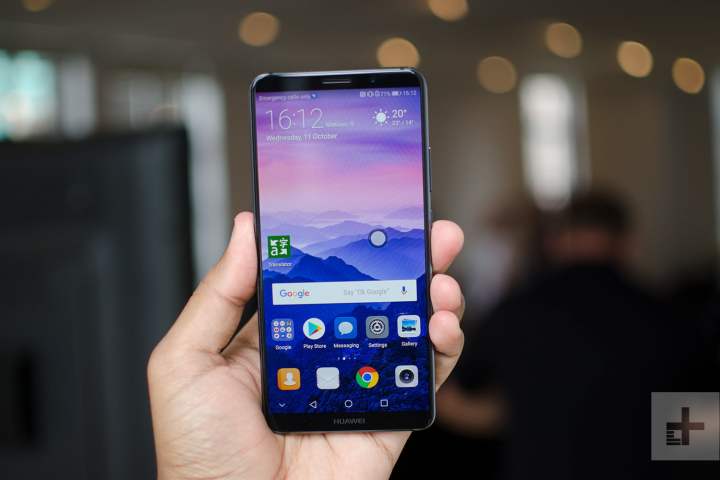
Huawei is a master at delivering software updates. The company announced that the Android-based EMUI 9 operating system is already running on 80 million devices, and it’s expected to make it out to 100 million by the end of June. That’s pretty spectacular for an Android manufacturer, especially considering the fact that Android manufacturers often have trouble bringing updates to their phones.
EMUI 9 is available to quite a few phones, including the Mate 10, Mate RS, Nova 3, and P20. Not only that, but it will roll out to more phones in the near future, with promised phones including the Huawei Mate 9 and the P10, by the end of June, so if you have either of those two phones expect to see an update soon.
EMUI 9 brings a number of new features to Huawei devices, largely because of the fact that it’s built on Android 9 Pie. Notably, the Android skin gives users access to features like Adaptive Battery, which uses artificial intelligence to improve battery life by learning when you use particular apps. It also has Adaptive Brightness, which does the same for screen brightness. It also offers new screenshot features, media controls, and more. Digital Wellbeing is also a major addition to Android 9 and features in EMUI 9, allowing users to get a snapshot of how they use their phones and how much time they spend using certain apps.
Of course, Huawei may have a bigger update battle ahead of it. Trade war tensions between the U.S. and China have been getting rockier, to the point where Google was forced to pull Huawei’s Android license. The result? Huawei may be forced to develop and deploy its own operating system instead of continuing to ship devices with Android built in. It’s possible Huawei could build a fork of Android given the fact that the Android operating system itself is open-source software — but without a license from Google, Huawei can’t ship the device with Google apps and services. That includes the Google Play Store. Huawei insists that the issue will be resolved quickly, but only time will tell if Huawei has to implement a self-built operating system.



